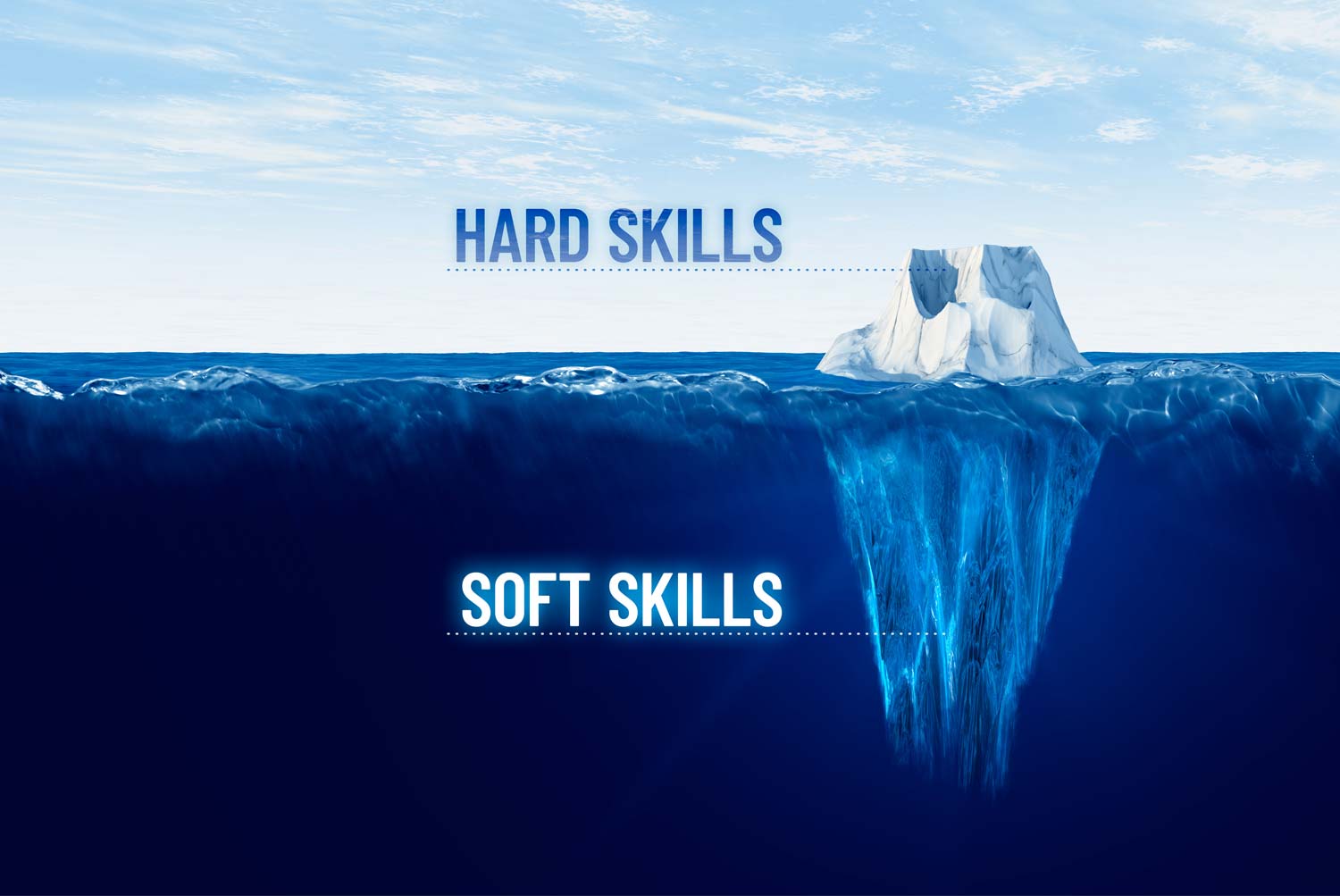Learning Everest regularly publishes articles on Learning needs which are information rich and provides the readers opportunity to ask questions. If you want us to assist your organization to identify the learning needs of your employees and to help create a learning glidepath for your organization, please feel to schedule a meeting to discuss your learning requirements.
5 Instructional Design Benefits to Consider
Instructional designing is the process of creating learning experiences that fulfill learning objectives and are pleasant and enjoyable for learners. It deals with structuring information in logical ways, applying learning theories and principles for maximum effectiveness, and presenting information in a way that appeals to learners. Instructional design is an essential step in building effective training programs and without it, training efforts will fall flat. Here are 5 instructional design benefits to highlight just how important curated learning experiences are.











